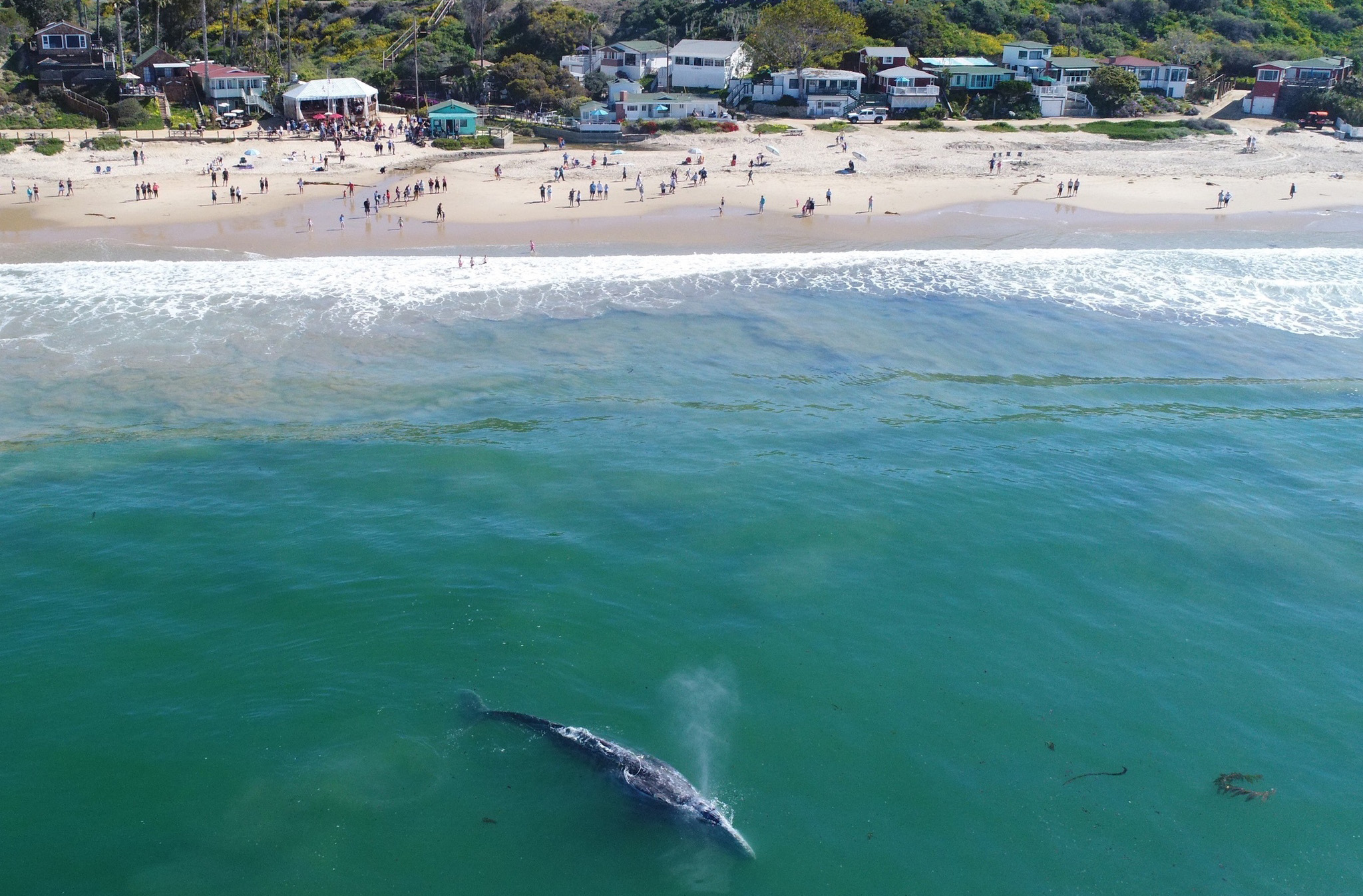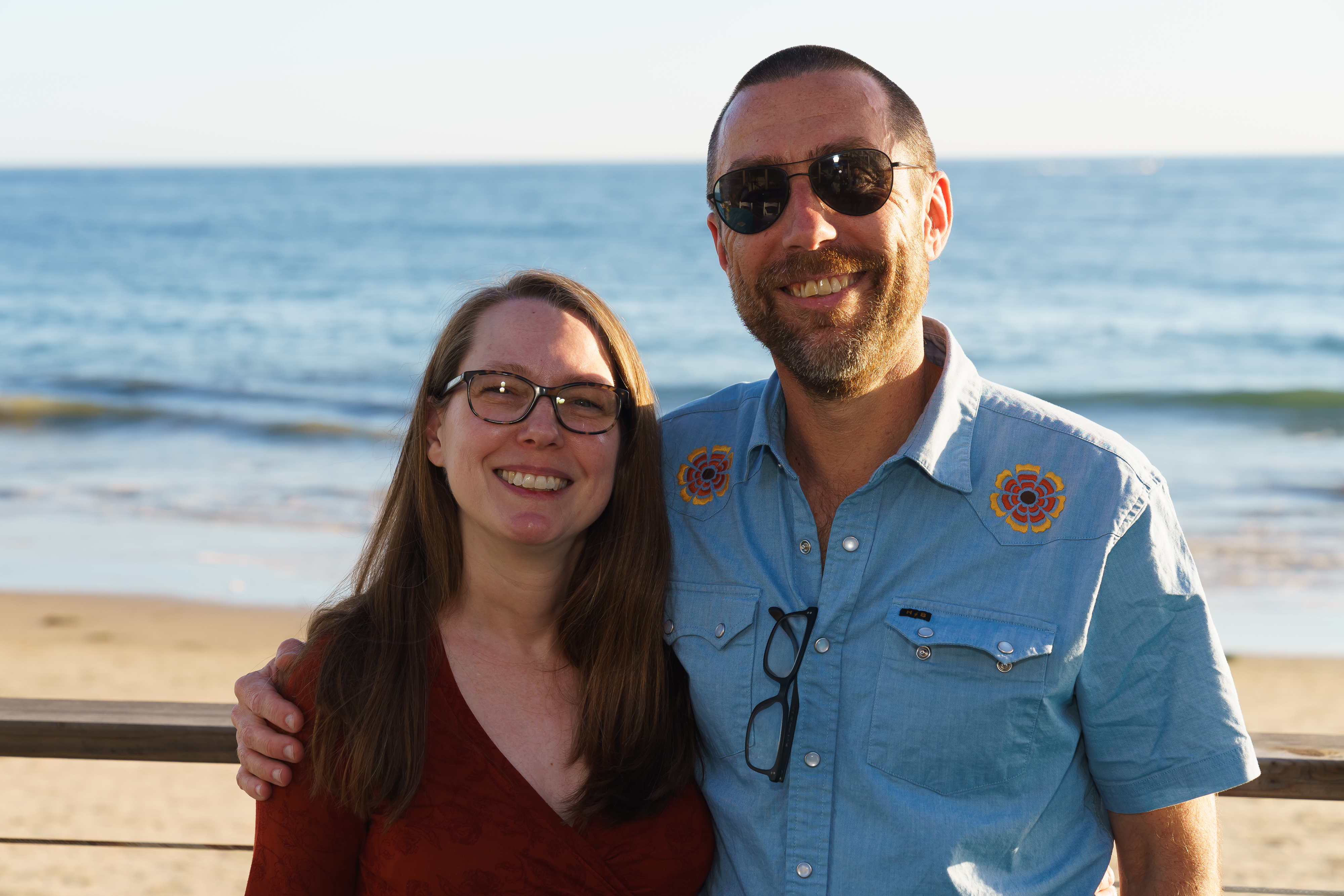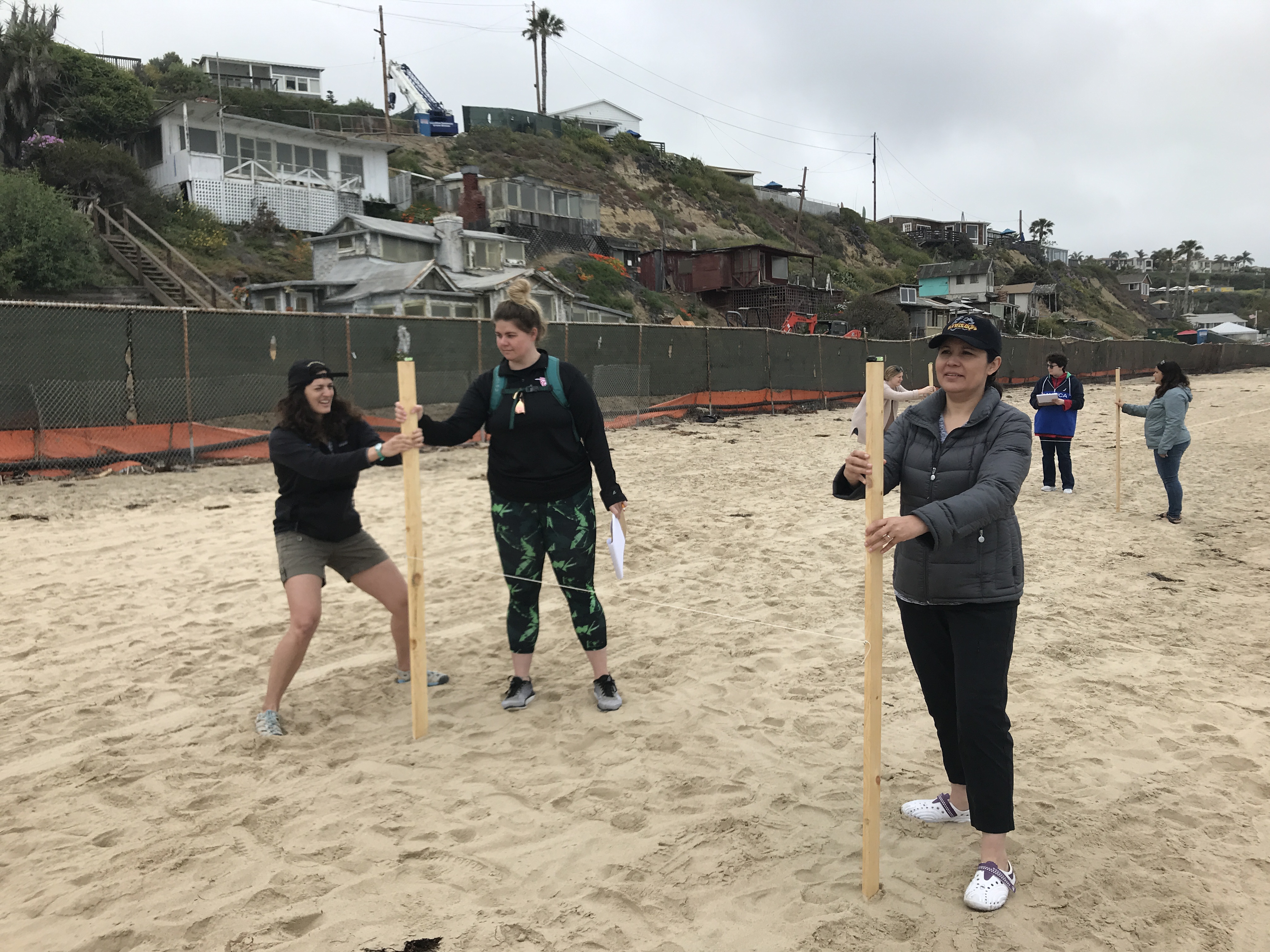UCI to Expand Crystal Cove Beach Dynamics Courses

July 17, 2023 - "Crystal Cove is the world’s most gorgeous living lab,” says Magnus Egerstedt, dean of the UCI Samueli School of Engineering. In June, he was elected to the board of the Crystal Cove Conservancy to serve for a three-year term. The conservancy is a nonprofit organization that partners with UCI and Crystal Cove State Park to restore and protect the park and educate future environmental leaders.

Egerstedt plans to expand coastal engineering courses that UCI established there for underprivileged high school students, so they include K-12 students as well. “I can’t quite believe our good luck that Magnus has the kind of vision that he has,” says Crystal Cove Conservancy CEO Kate Wheeler. “The program has huge potential to impact an incredibly diverse community of young people who can impact the planet.”
Wheeler says the Coastal Dynamics course is the first true experiential learning program in engineering for pre-college students. There are many opportunities for students to engage with science outside the classroom, but this course enables students to gain hands-on engineering experience where they monitor beach dynamics and discuss solutions to coastal environmental problems.

At the UCI Samueli School of Engineering, environmental engineering Professor Brett Sanders teaches a Beach Dynamics course that brings graduate students to Crystal Cove to monitor the sand and waves. Through tools such as emery boards and remote sensing via unmanned aerial vehicles, students monitor and predict sand movement. Then they discuss solutions to key problems like beach erosion which is shrinking coastlines from San Diego to Santa Barbara. Egerstedt plans to expand UCI curricula at the state park to include undergraduates as well.
The engineering school also helped launch The Trouble with Trash!, a K-2 program that helps children contemplate how to deal with the problem of plastic in a marine environment. Wheeler said this class has helped the young children envision themselves as problem solvers to environmental issues. There are also plans to expand the course to include K-12 students as well.
UCI has also developed popular marine science courses at the park. Wheeler says the collaboration with UCI is “a deep, long-lived partnership that is entirely critical to our work.” She says students leave the outdoor courses not only with new STEM skills, but often with a newfound love for the environment and a vision of themselves as future engineers and scientists.
A leading roboticist, Egerstedt plans to send beach bots to work at the park. He is remaking his groundbreaking SlothBot – a strategically slow energy-efficient robot that only moves when it must – to dwell on the beach. The SlothBot was originally designed to hang from trees to monitor forest ecosystems. The new model will be like a robotic beach bum that monitors beach dynamics to help save the sand from disappearing from the coast.

Crystal Cove State Park is a microcosm of the issues California faces in balancing human development while striving to preserve nature’s beauty and resources. As in other coastal communities, its beaches face the stresses on their ecosystem caused by sea levels rising, coastal erosion, flooding, pollution, and ocean acidification.
In addition to 3.2 miles of pristine beaches and coves, Crystal Cove has an offshore underwater park that is part of its marine protected area and 2,400 acres of mountain grasslands that are exposed to wildfire risks. It’s also home to endangered plants and animals and rare birds, many of which are endemic to coastal Southern California.
Egerstedt describes the state park as an “amazing lab” where students can experience the Golden State’s natural beauty as they study the forces threatening it. As such, it’s an ideal site to stimulate young minds to find sustainable solutions for the future of California.
- Natalie Tso
